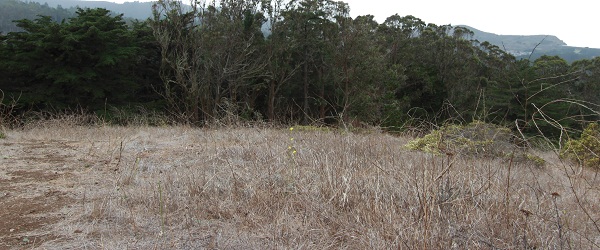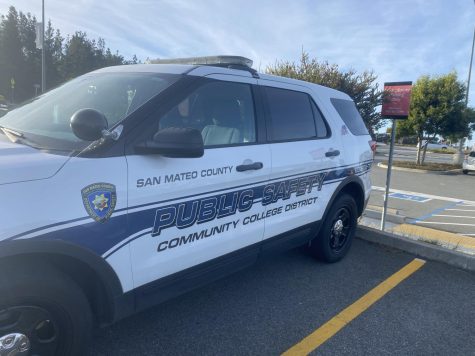Drought worsens
California is facing one of the most severe droughts in the state’s history. The drought has caused Gov. Jerry Brown to declare a state of emergency and to put strict restrictions on water usage. In January, Gov. Brown mandated that Californians reduce their usage by 25 percent. As of July the Governor’s office states that California has done even better than predicted and reduced usage by 31 percent.
“California, and the western U.S have cycles of wet and dry,” Skyline College Earth Science Instructor Carla Grandy said. “Droughts are a natural phenomenon for the U.S. The current situation is a more intense drought than we’ve seen in recent years and a lot of that has to do with the underlying cycles of wet and dry.”
El Nino and La Nina type weather happen in 30 year cycles. With El Nino it’s rainy, and with La Nina it tends to be drier. The weather has now entered into a much drier phase. There is also what Grandy refers to as, “anthropogenic climate change” which exacerbates all of that, making it all more intense then it would be in natural conditions.
According to Grandy, it’s obvious that we have had many dry years. It would take a really wet winter to get us back to normal levels. Grandy feels as if the predictions right now look good.
“We will possibly have an El Nino winter,” Grandy said. “We should, if we do have a lot of rain, face the possibilities of landslides and coastal erosions.“
Somewhere between 50 to 75 percent of water goes to agriculture and it’s a much smaller percentage that’s typically used in homes. The average person can help by doing things like turning off the water when washing the dishes, collecting water from the shower as it’s heating up; taking that outside to water the plants. In homes, most of the water goes to outside; landscape watering. So more people can help to either reduce the amount of watering they do outside, or start to recycle more of the water they use.
Grandy said that she has submitted a course outline which will go to the curriculum committee for a “grey water course”. Grey water is taking water from your laundry that you can then re-use on your vegetation outside.
“That’s something that hopefully we will be seeing more of in the coming years,” Grandy said. “You can do it in your own home but you have to be certified to do it in other people’s homes. So we will have one of the first certificate programs in California for a grey water.”
Skyline College is taking its own steps to comply with the drought and water reduction guidelines. In fact, the community college district that Skyline is a part of has developed such a good program that its serving as a model for other community colleges throughout the state. Part of this plan calls for major changes to the irrigation, heating and cooling system, which is the highest usage of water.
“Changes to irrigation and industrial water use alone have saved hundreds of thousands of gallons of water on a campus that has historically been very efficient with water use,” Skyline Public Information Officer Cheri Colin said.
The district and facilities main emphasis is on trying to conserve, with the main water users being irrigation and industrial uses, however they also look at how to conserve on a more basic day to day level as well. One way they do this is by constantly maintaining things, like changing faucets and fixtures into more efficient and water-saving models. The facilities department wants to work hand in hand with the district’s guidelines on conservation, and it also wants to make the school campus itself a well-run, efficient, and comfortable place for learning.
One of the other things that the district does is take a proactive approach to planning for future events, such as the upcoming winter season that could see more rain fall via the El Nino effect. Colin said they have taken preventative steps:
Roof and gutter drain maintenance and assessment, which have already been installed in building 14 and the Pacific Heights building, cleaning out storm drains, tree maintenance to prevent debris clogging drains, store sand bags at key locations, and training facilities and staff to quickly be able to respond to rainwater issues.













